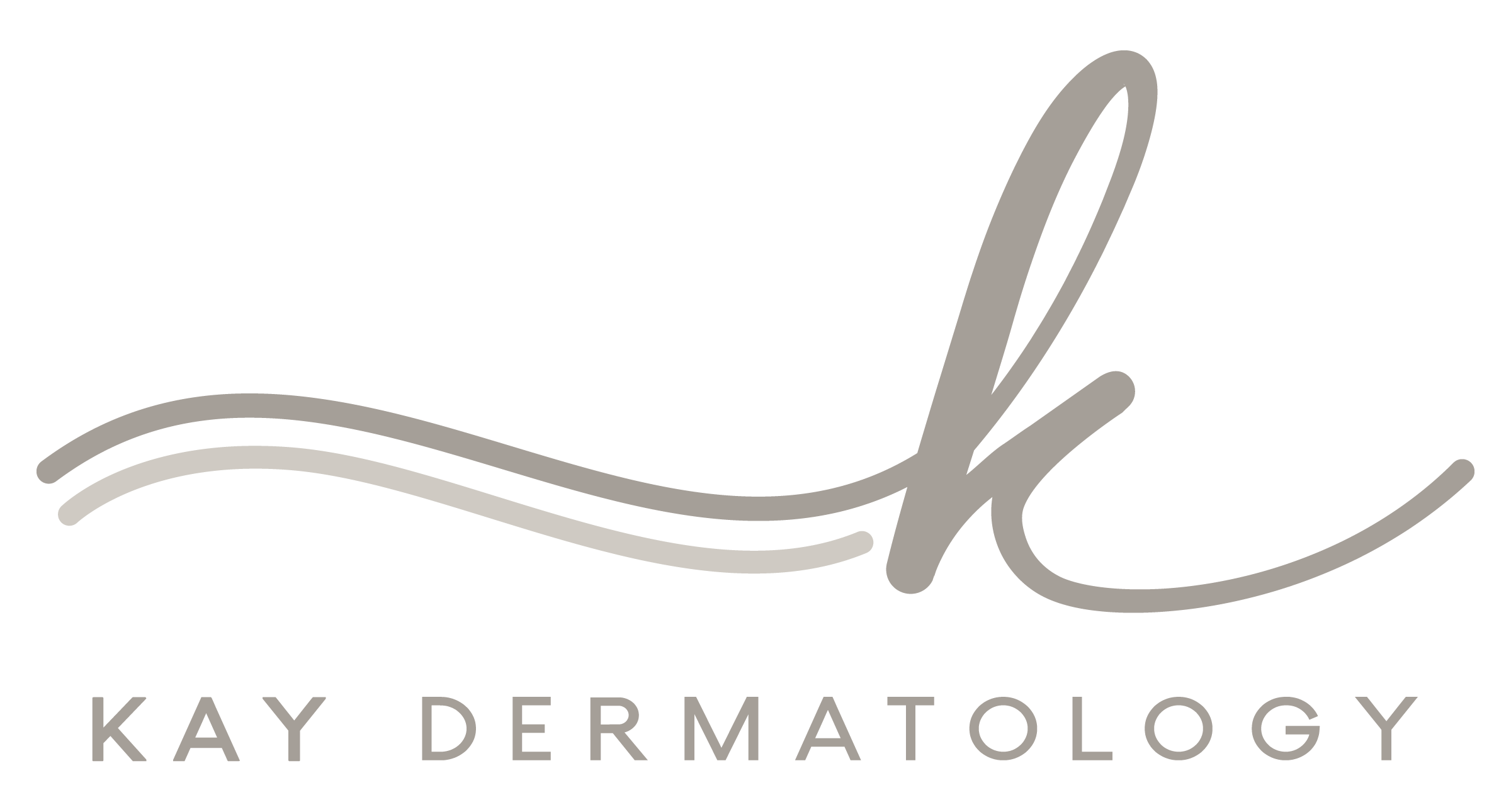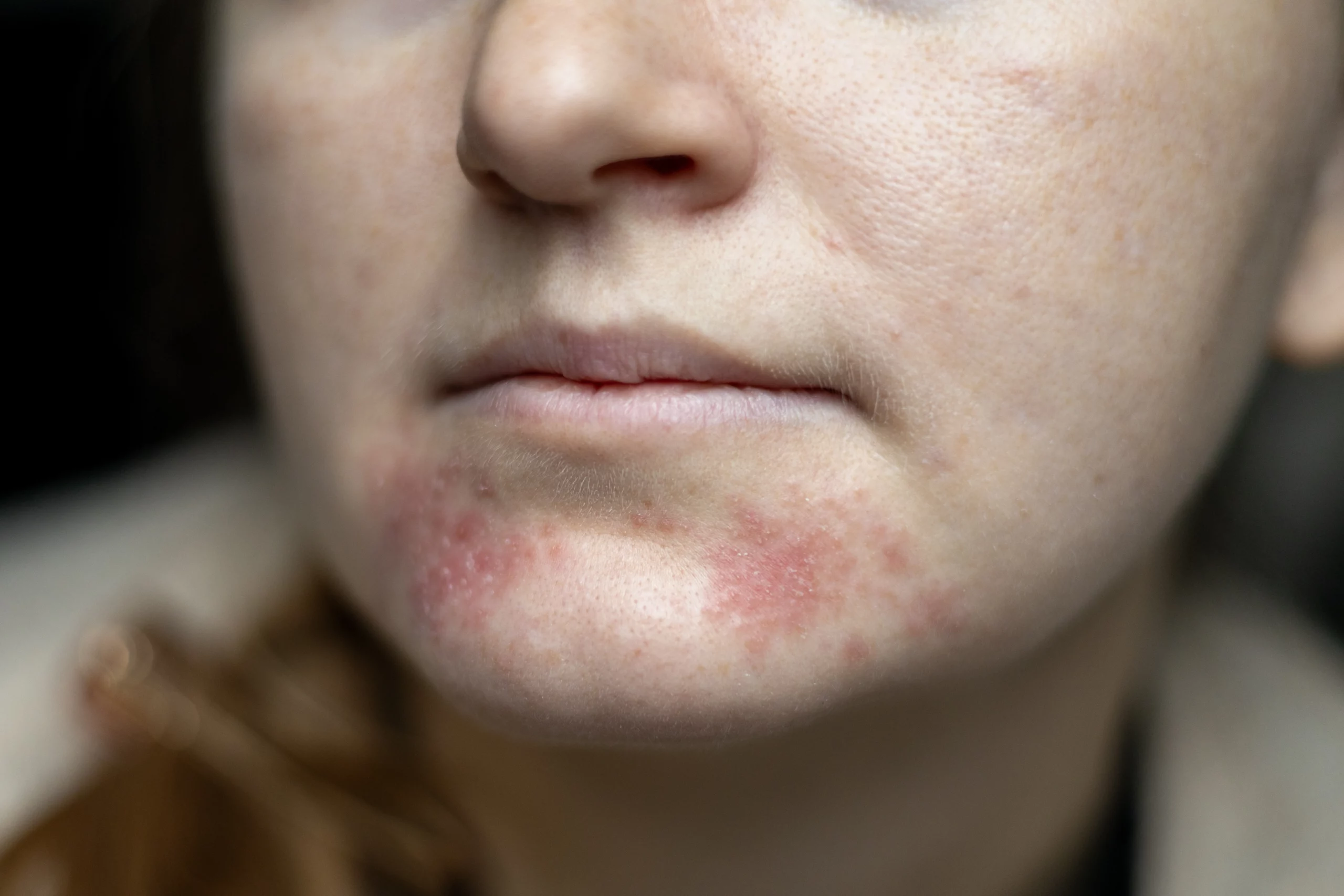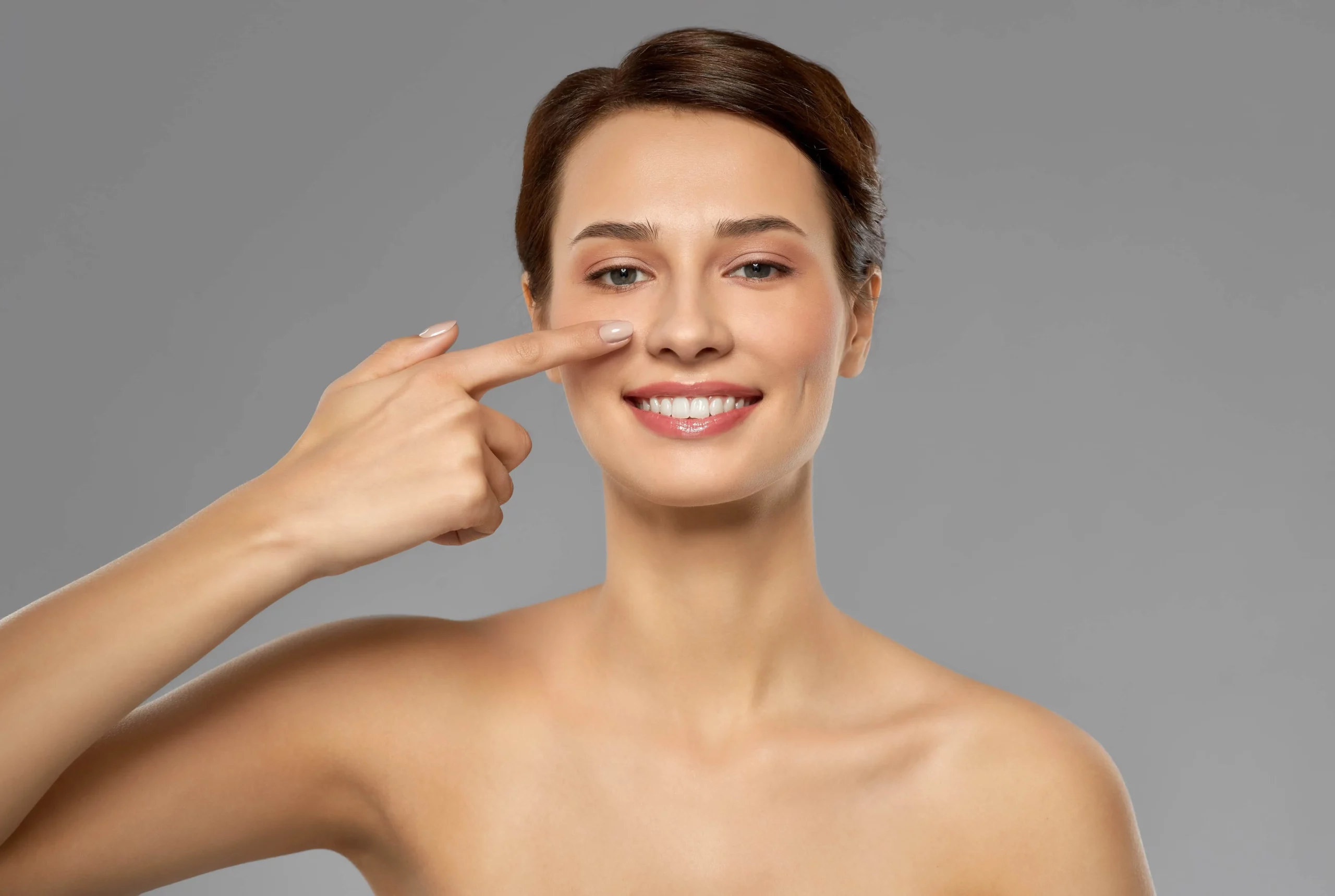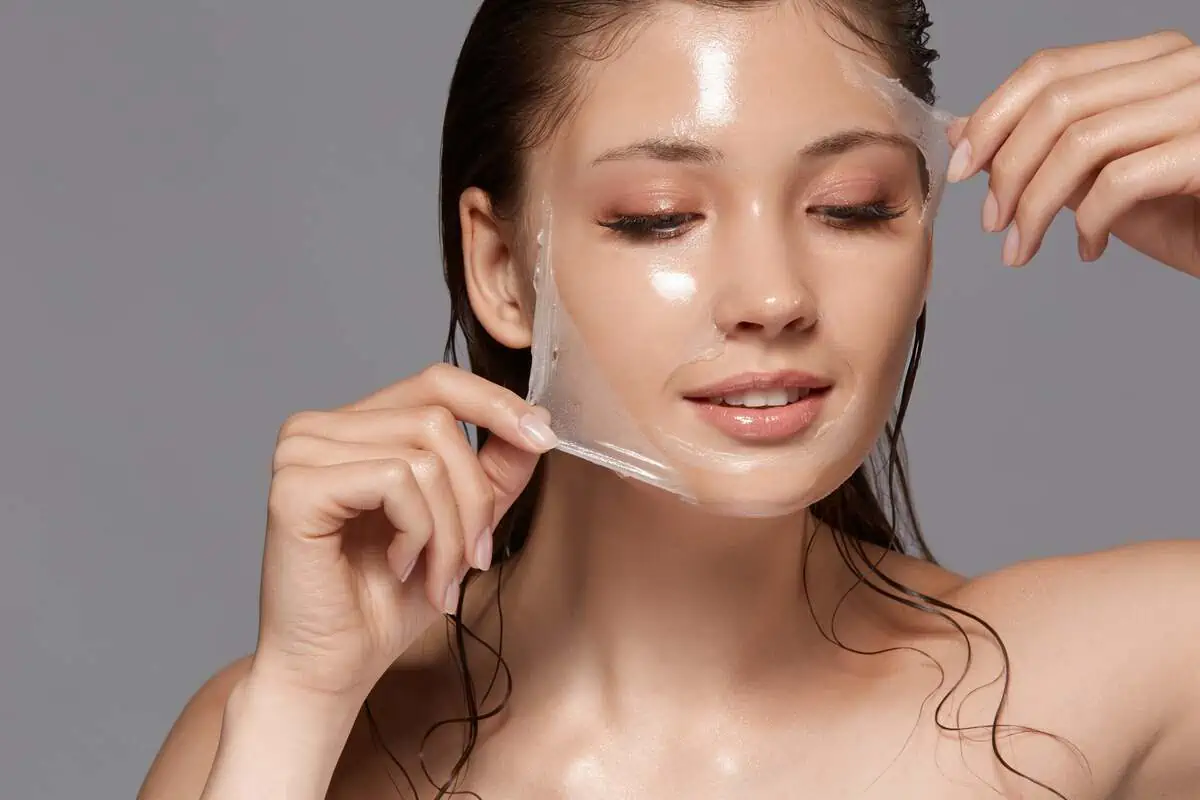Skin tightening treatments, especially those using lasers, have become a go-to for many looking to improve their skin’s appearance. People often wonder if these treatments can also help with acne, scarring, and stretch marks. With advancements in dermatology, it’s worth exploring how effective these treatments are. Are they a versatile solution for various skin issues, or are their benefits more limited?
What is Laser Skin Tightening?
Laser skin tightening works on the principle of selective thermolysis. In this process, the laser emits a specific wavelength of light energy preferentially absorbed by water in the dermal layer of the skin. As the water absorbs this energy, it generates heat. This controlled heating is key to the treatment’s effectiveness. It creates a thermal injury within the dermis, the skin’s middle layer, where collagen fibers are located.
When collagen fibers are heated to a specific temperature, they contract and thicken, leading to immediate skin tightening. More importantly, this thermal injury triggers the body’s natural healing response, stimulating the production of new collagen and elastin over time. Collagen is the main structural protein in the skin, providing firmness and strength, while elastin is crucial for skin elasticity.
As new collagen forms in the following weeks and months, the skin’s texture and tone improve, becoming firmer and more youthful-looking. The precise targeting of laser energy allows for effective treatment without damaging the outer layer of the skin (epidermis), making it a safe option for various skin types.
Moreover, modern laser systems have cooling mechanisms to protect the skin’s surface and reduce discomfort, making the procedure relatively comfortable.
Treatment Process
The treatment process for laser skin tightening typically follows these steps:
- Consultation: Initially, a consultation with a dermatologist or skincare professional is conducted. Here, the client’s skin condition, medical history, and aesthetic goals are discussed to determine if laser skin tightening is suitable.
- Preparation: The target area is cleaned before the treatment, and a cooling gel may be applied. The patient has protective eyewear to shield the eyes from laser light.
- Treatment Application: The laser device is adjusted to the appropriate settings based on the individual’s skin type and the treated area. The machine then emits controlled laser energy, penetrating the skin to heat the collagen fibers in the dermis layer.
- Cooling: Many laser systems have built-in cooling mechanisms to soothe the skin during treatment, enhancing comfort.
- Post-Treatment Care: The skincare professional may apply a soothing lotion or cream after the procedure. They also provide instructions for aftercare, which typically include avoiding direct sunlight and applying sunscreen.
- Follow-Up: Results can often be seen immediately, with improvements continuing over the next few months. Multiple sessions, spaced several weeks apart, may be recommended for optimal results. A follow-up appointment is usually scheduled to assess the skin’s response to the treatment and plan future sessions if needed.
Areas Suitable for Laser Skin Tightening
Laser skin tightening is versatile and can be applied to various areas of the body where skin laxity or aging signs are a concern. Commonly treated areas include:
- Face: Targeting fine lines, wrinkles, and sagging skin, especially around the jawline and cheeks.
- Neck: Reducing the appearance of loose skin and wrinkles on the neck.
- Abdomen: Useful for tightening skin that may have become lax due to weight fluctuations or aging.
- Buttocks: Improving skin texture and firmness.
- Thighs and Knees: Addressing sagging skin is common in these areas.
- Triceps (Upper Arms): Tightening the skin to reduce the appearance of ‘bat wings.’
Each area requires a tailored approach to ensure effective and safe treatment, considering the skin’s condition and the patient’s overall health and aesthetic goals.
Effectiveness in Treating Acne, Scarring, and Stretch Marks
The effectiveness of laser skin tightening in treating acne, scarring, and stretch marks varies based on the specific condition and the individual’s skin type:
- Acne: While laser skin tightening isn’t primarily used for active acne, it can improve the appearance of skin texture and reduce the visibility of acne scars by stimulating collagen production.
- Scarring: The treatment can effectively reduce the appearance of certain types of scars, especially those that have led to depressions in the skin. By promoting new collagen, the skin’s surface can become more even.
- Stretch Marks: Laser skin tightening may help diminish the appearance of stretch marks to some extent. Stretch marks, a type of scarring, can respond to treatments that boost collagen and improve skin elasticity, although results can vary.
Have realistic expectations and consult a skin care professional to determine the effectiveness of laser skin tightening for these conditions.
Who’s A Good Candidate?
A good candidate for laser skin tightening is someone who shows signs of mild to moderate skin laxity and wants to improve their skin’s firmness without undergoing surgical procedures. These individuals should have realistic expectations about the outcomes, understanding that while the treatment can enhance skin appearance, it may not match the results of more invasive surgeries. Health-wise, candidates should be generally healthy, with no severe skin conditions or health issues that might impede healing or react adversely to the thermal effects of the laser.
When To Expect Results
Results from laser skin tightening typically become visible after several weeks. This timeline can vary depending on the individual’s skin type, the area treated, and the specific laser technology used. The collagen remodeling process, responsible for the skin’s improved appearance, takes time. Patients often see initial improvements shortly after treatment, with more significant changes developing gradually as the skin produces new collagen. Multiple sessions are usually necessary to achieve the best results. These follow-up treatments are often spaced a few days to weeks apart, allowing the skin to respond and heal appropriately between sessions.
Takeaway
If you’re considering laser skin tightening and want to learn more about how it can benefit your specific skin concerns, consider contacting Kay Dermatology. Our team provides personalized consultations, helping you understand the treatment process and expected outcomes. Don’t hesitate to take the first step towards achieving a firmer, more youthful appearance. Call or contact Kay Dermatology today to schedule your appointment and discover how laser skin tightening can enhance your skin’s health and appearance.






